DIY Tablecloth Ideas for a Fresh Look Dining Area
Are you ready to breathe new life into your dining area without breaking the bank? DIY tablecloths are the perfect solution! They allow you to express your personal style while adding a burst of color and texture to your home. Whether you're hosting a dinner party or enjoying a casual meal with family, a well-chosen tablecloth can set the mood and enhance the overall aesthetic of your space. In this article, we’ll explore a variety of creative and budget-friendly DIY tablecloth ideas that will transform your dining area into a vibrant and inviting space.
Imagine walking into your dining room and being greeted by a table that reflects your unique taste. From playful patterns to elegant fabrics, the possibilities are endless. Not only do DIY tablecloths provide a fresh look, but they also protect your table from spills and scratches. Plus, they can be tailored to fit any occasion, whether it’s a cozy family dinner or a festive holiday gathering. So, roll up your sleeves and let’s dive into the world of DIY tablecloths!
When it comes to DIY tablecloths, choosing the right fabric is crucial. You want something that not only looks good but also stands the test of time. Consider factors like durability, ease of cleaning, and how well the fabric complements your existing decor. For instance, if you have kids or pets, you might want to opt for a fabric that is stain-resistant and easy to wash. On the other hand, if you’re aiming for a more sophisticated look, luxurious fabrics like linen or cotton blends could be the way to go.
Additionally, think about the color and pattern of the fabric. Bold colors can make a statement, while softer hues can create a calming atmosphere. Patterns can add visual interest; floral designs are great for spring, while plaid is perfect for a cozy autumn feel. Remember to choose a fabric that resonates with your personality and the overall theme of your home.
Before you cut your fabric, it’s essential to get accurate measurements of your table. This ensures your tablecloth fits perfectly and looks professionally made. Start by measuring the length and width of your table, and don’t forget to account for the desired drop length. A drop of about 6 to 12 inches is typically recommended for a casual look, while a longer drop can add elegance to formal settings.
Familiarizing yourself with common table sizes can streamline your DIY project. Here’s a quick reference table:
| Table Shape | Standard Size (Length x Width) |
|---|---|
| Rectangular | 60" x 30" |
| Round | 48" Diameter |
| Square | 36" x 36" |
For rectangular tables, measure the length and width, then add twice the drop length to both dimensions. For example, if your table is 60 inches long and you want a 10-inch drop, you’ll need fabric that is 80 inches long. This ensures a beautiful drape and a polished look. Don’t forget to double-check your measurements before cutting!
Measuring for round tables can be a bit tricky. Start by measuring the diameter of your table. To determine how much fabric you’ll need, multiply the diameter by 3.14 (π) to find the circumference, then add your desired drop length. This will help you create a seamless, flowing tablecloth that enhances the round shape of your table.
Now that you have your fabric and measurements, it’s time to get creative! Personalizing your tablecloth can elevate your dining experience. You can choose from a variety of design options, including patterns, colors, and embellishments to reflect your style. For instance, you might consider adding a bold border or using fabric paint to create unique designs. The sky’s the limit when it comes to making your tablecloth truly yours!
Mastering basic sewing techniques can enhance your DIY tablecloth project. Learning essential stitches and methods will help you create a polished finish. One of the most important techniques is hemming, which prevents fraying and gives your tablecloth a professional touch. There are different hemming techniques suitable for various fabric types, such as a simple straight hem or a more decorative rolled hem.
To hem your tablecloth, fold the edges over by about half an inch and press them with an iron. Then, sew along the folded edge using a sewing machine or by hand. This simple step will ensure your tablecloth looks neat and tidy.
Incorporating decorative elements can make your tablecloth stand out. Consider adding ruffles, lace trim, or even appliqués to give your design a unique flair. These small touches can transform a simple tablecloth into a stunning centerpiece that will impress your guests.
Proper care extends the life of your DIY tablecloth. To keep it looking fresh and vibrant, it’s essential to understand the best washing, drying, and storing techniques for your fabric type. Always check the care label for specific instructions, and when in doubt, hand wash or use a gentle cycle in your washing machine.
For most fabrics, cold water is best for washing. It helps to preserve colors and prevent shrinkage. Avoid using bleach unless your fabric is white or colorfast. After washing, hang your tablecloth to dry or tumble dry on low heat to maintain its shape and texture.
Accidents happen, but knowing how to tackle stains can save your tablecloth. For food stains, act quickly by blotting the area with a clean cloth and using a mild detergent. For tougher stains, you might need to pre-treat the area before washing. Always test any stain removal method on a small, inconspicuous area first!
Q: Can I use any fabric for my tablecloth?
A: While you can use various fabrics, it's best to choose materials that are durable and easy to clean, especially if you have kids or pets.
Q: How do I know the right drop length for my tablecloth?
A: A drop of 6 to 12 inches is typically recommended for casual settings, while longer drops can add elegance for formal occasions.
Q: What should I do if my tablecloth gets stained?
A: Act quickly! Blot the stain with a clean cloth and use a mild detergent to treat the area before washing.

Choosing the Right Fabric
When it comes to creating a DIY tablecloth, the fabric you choose can make or break the entire look and functionality of your dining area. It’s not just about picking the prettiest pattern; you need to consider durability, ease of cleaning, and how well the fabric complements your existing décor. Imagine hosting a dinner party and your beautiful tablecloth is made from a material that easily stains or tears! That’s a nightmare no one wants to face.
First off, let’s talk about durability. If you have kids or pets, you might want to steer clear of delicate fabrics like silk or lace, which can be easily damaged. Instead, opt for sturdy materials such as cotton or linen, which can withstand the hustle and bustle of daily life while still looking chic. Cotton is particularly great because it’s breathable, easy to wash, and comes in a myriad of colors and patterns to suit any style.
Next, consider ease of cleaning. Your dining table is a place for meals, celebrations, and sometimes, messy crafts. A tablecloth should be able to handle spills and stains without causing you a headache. Fabrics like polyester or treated cotton can be excellent choices since they often come with stain-resistant properties and can be thrown in the washing machine without a second thought. Plus, they dry quickly, which is a huge bonus when you’re eager to set the table again!
Lastly, think about how the fabric ties into your overall home decor. Do you have a modern aesthetic, or is your style more rustic? The fabric you choose should harmonize with the rest of your space. For instance, if your dining room features earthy tones and wooden furniture, a fabric with a natural texture and warm colors will enhance the cozy vibe. On the other hand, if your home is sleek and contemporary, a bold geometric pattern or a shiny satin finish could add a striking contrast.
Here’s a quick overview of some popular fabric options:
| Fabric Type | Durability | Ease of Cleaning | Style Compatibility |
|---|---|---|---|
| Cotton | High | Machine washable | Versatile |
| Linen | Medium | Hand wash recommended | Elegant |
| Polyester | High | Machine washable | Modern |
| Silk | Low | Dry clean only | Luxury |
In summary, choosing the right fabric for your DIY tablecloth is about balancing aesthetics with practicality. Consider your lifestyle, the ambiance you want to create, and how much maintenance you’re willing to invest in your tablecloth. With the right fabric, your dining area can transform into a space that’s not only stylish but also functional and inviting!

Measuring Your Table
When it comes to creating the perfect DIY tablecloth, accurate measurements are essential. You wouldn’t want to go through the hassle of picking out beautiful fabric, only to find that your tablecloth is too short or too long, right? Measuring your table isn't just about getting numbers; it’s about ensuring that your tablecloth fits like a glove, enhancing the overall look of your dining area. So, grab your measuring tape, and let’s dive into how to get those dimensions just right!
First off, you need to measure the length and width of your table. This is straightforward if you have a rectangular table. Just measure from one edge to the opposite edge. For round tables, things get a little more interesting. You only need to measure the diameter of the table—this is the distance across the center of the table. Don’t forget to jot down these measurements, because they’ll be your guide throughout the entire process!
Now, let’s talk about the drop length. This is the distance you want your tablecloth to hang over the edges of the table. A standard drop length is usually around 6 to 12 inches, but this can vary based on your personal taste and the occasion. For example, if you’re hosting a formal dinner, a longer drop might add an elegant touch, whereas a shorter drop could be more suitable for casual gatherings. Here’s a quick guideline:
| Occasion | Recommended Drop Length |
|---|---|
| Casual | 6 inches |
| Formal | 12 inches |
| Outdoor Picnic | 8 inches |
After determining the drop length, you’ll need to add this measurement to the length and width of your table. For example, if your rectangular table measures 60 inches long and you want a 10-inch drop, you’ll need a fabric piece that is 80 inches long (60 + 10 + 10) and the width will depend on the width of your table plus the drop on both sides. This ensures that your tablecloth drapes beautifully over the edges, creating that perfect aesthetic appeal.
Lastly, don’t forget to consider the thickness of the fabric you’ll be using. Heavier fabrics may require a little extra drop to fall nicely, while lighter fabrics might cling more closely to the table. So, take a moment to visualize how the fabric will look once draped over your table. This will help you make better decisions about your measurements and fabric choices.
In conclusion, measuring your table accurately is the first step in your DIY tablecloth project. By paying attention to the length, width, and drop length, you’ll ensure that your tablecloth not only fits perfectly but also enhances the overall ambiance of your dining area. Remember, a well-measured tablecloth can truly be the cherry on top of your beautifully set table!
- How do I measure a round table? Simply measure the diameter from one edge to the opposite edge of the table.
- What is the ideal drop length for a tablecloth? A drop length of 6 to 12 inches is generally recommended, depending on the occasion.
- Can I use a tablecloth on an irregularly shaped table? Yes! Just measure the longest and widest parts of the table to get appropriate dimensions.
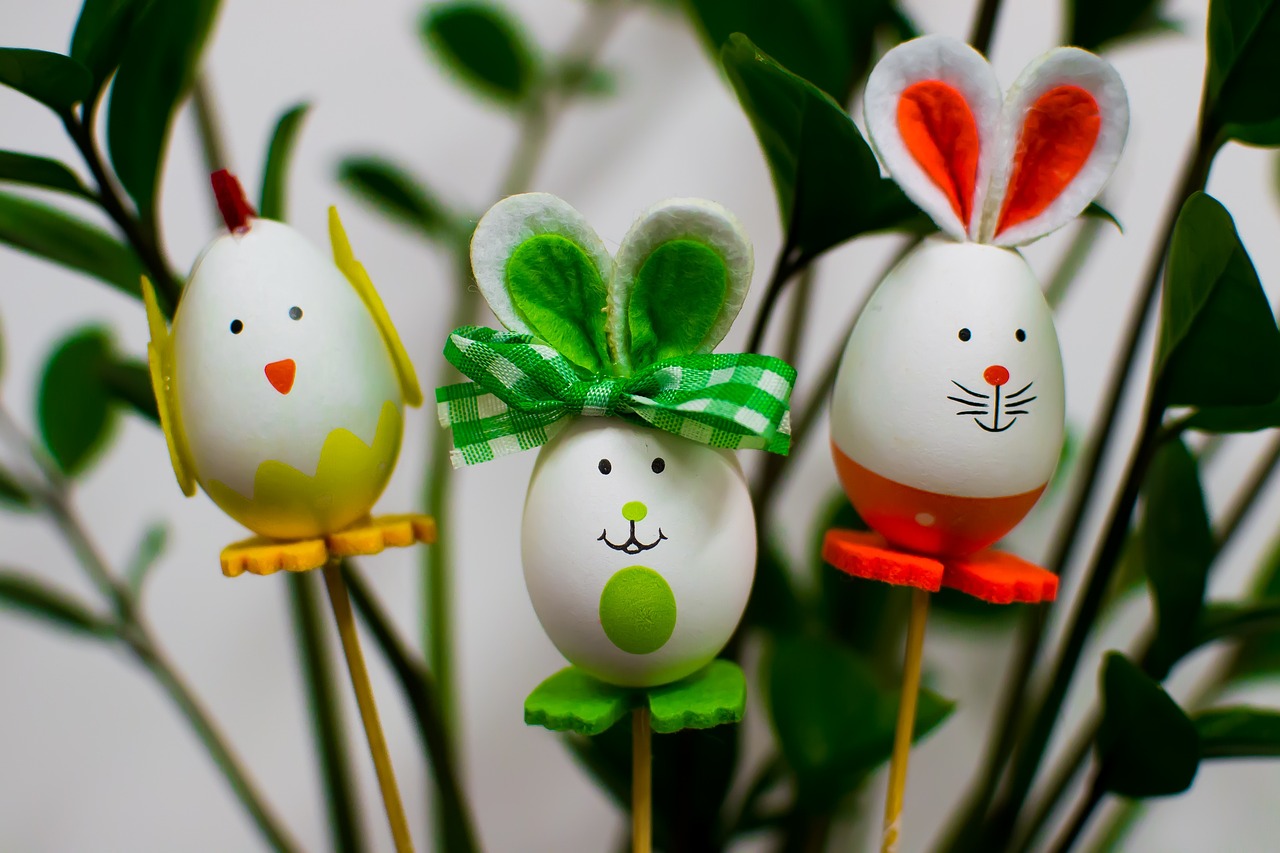
Standard Table Sizes
When embarking on your DIY tablecloth journey, it's essential to familiarize yourself with . Understanding these dimensions not only streamlines your project but also ensures that your tablecloth fits like a glove. After all, nobody wants a tablecloth that’s too short or drapes awkwardly over the edges! Here’s a quick rundown of some common table sizes you might encounter:
| Table Shape | Standard Dimensions (Length x Width x Height) |
|---|---|
| Rectangular | 72" x 30" x 30" |
| Round | 60" diameter |
| Square | 48" x 48" x 30" |
| Oval | 72" x 48" x 30" |
These dimensions serve as a guide, but keep in mind that tables can vary greatly depending on their intended use and the space they occupy. For instance, a dining table might be larger than a coffee table, and a banquet table will certainly differ from a card table. Understanding these variations can help you make informed decisions when selecting your fabric and cutting your tablecloth.
When measuring your table, remember to consider the drop length you desire. The drop is the amount of fabric that hangs over the edge of the table, and it can significantly change the look of your dining area. A standard drop length ranges from 6 to 12 inches, depending on your style preference. If you’re going for a more formal look, opt for a longer drop. On the other hand, a shorter drop can give a more casual feel, perfect for everyday meals with family.
In addition to standard sizes, it's also helpful to keep in mind the style of your table. For example, if you have a pedestal table, you may need to adjust your measurements slightly to accommodate the base. Always take a moment to measure your specific table before diving into your fabric choices. This ensures that your DIY tablecloth not only looks great but also fits perfectly, enhancing the overall aesthetic of your dining space.
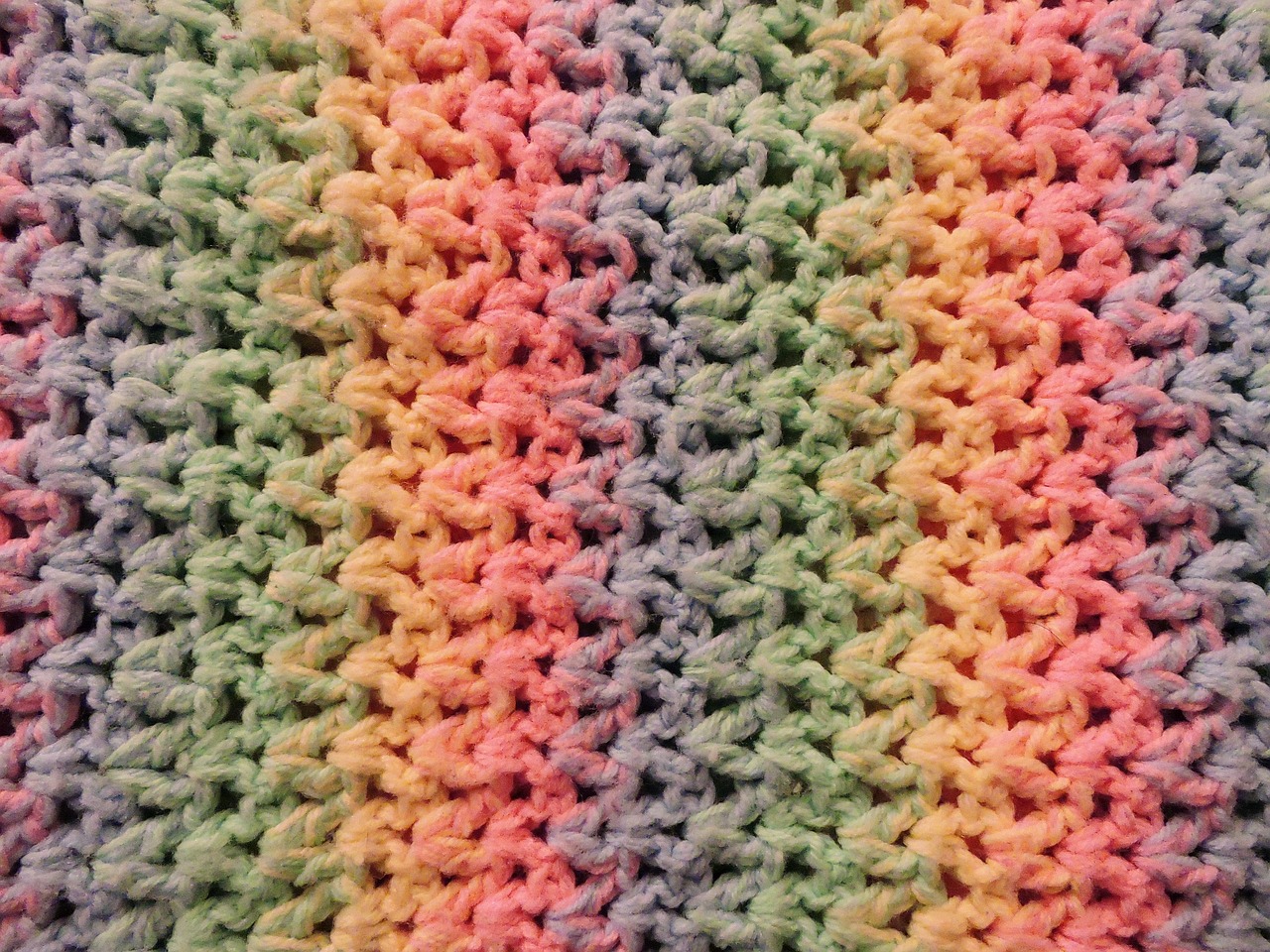
Rectangular Tables
When it comes to DIY tablecloths, are among the most common shapes found in dining rooms, kitchens, and even outdoor spaces. The beauty of a rectangular table lies in its versatility; it can accommodate a variety of dining styles, from casual family meals to elegant dinner parties. However, achieving the perfect fit for your DIY tablecloth requires careful measurement and thoughtful design choices.
To get started, you’ll want to measure the length and width of your table accurately. Here’s how you can do it:
- Length: Measure from one end of the table to the other, ensuring that you are at the widest points.
- Width: Measure across the table at its widest point as well.
- Drop Length: Determine how far down you want your tablecloth to hang. A common drop length is between 6 to 12 inches, depending on your style preference.
Once you have your measurements, you can calculate the total fabric needed. For example, if your table measures 72 inches long and 36 inches wide, and you want a 10-inch drop, you will need fabric that is:
| Dimension | Measurement |
|---|---|
| Length | 72 inches + (2 x 10 inches) 92 inches |
| Width | 36 inches + (2 x 10 inches) 56 inches |
This means you should look for a fabric that is at least 92 inches by 56 inches to ensure a proper fit. Additionally, keep in mind that the type of fabric you choose can greatly affect the overall look and feel of your dining area. Whether you opt for a bold pattern or a more subtle texture, the fabric will serve as the foundation of your design.
Another consideration when making a tablecloth for a rectangular table is the design elements. You can add a touch of elegance with embellishments like lace trim or choose a more playful look with vibrant colors and patterns. Remember, the goal is to create a tablecloth that not only fits well but also reflects your personal style and complements your dining decor.
In summary, crafting a DIY tablecloth for a rectangular table is not just about the fabric and measurements; it’s also about expressing your creativity. By taking the time to measure accurately and select the right materials, you can create a stunning centerpiece that transforms your dining experience.
Q: How do I choose the right fabric for my tablecloth?
A: Consider durability, ease of cleaning, and how the fabric complements your existing decor. Fabrics like cotton and linen are popular choices for their breathability and ease of maintenance.
Q: Can I use a tablecloth on an outdoor rectangular table?
A: Yes! Just ensure that the fabric is suitable for outdoor use, such as polyester or treated cotton, which can withstand the elements.
Q: How often should I wash my DIY tablecloth?
A: It depends on usage, but generally, washing it after every few meals or whenever it gets stained is a good practice to keep it looking fresh.
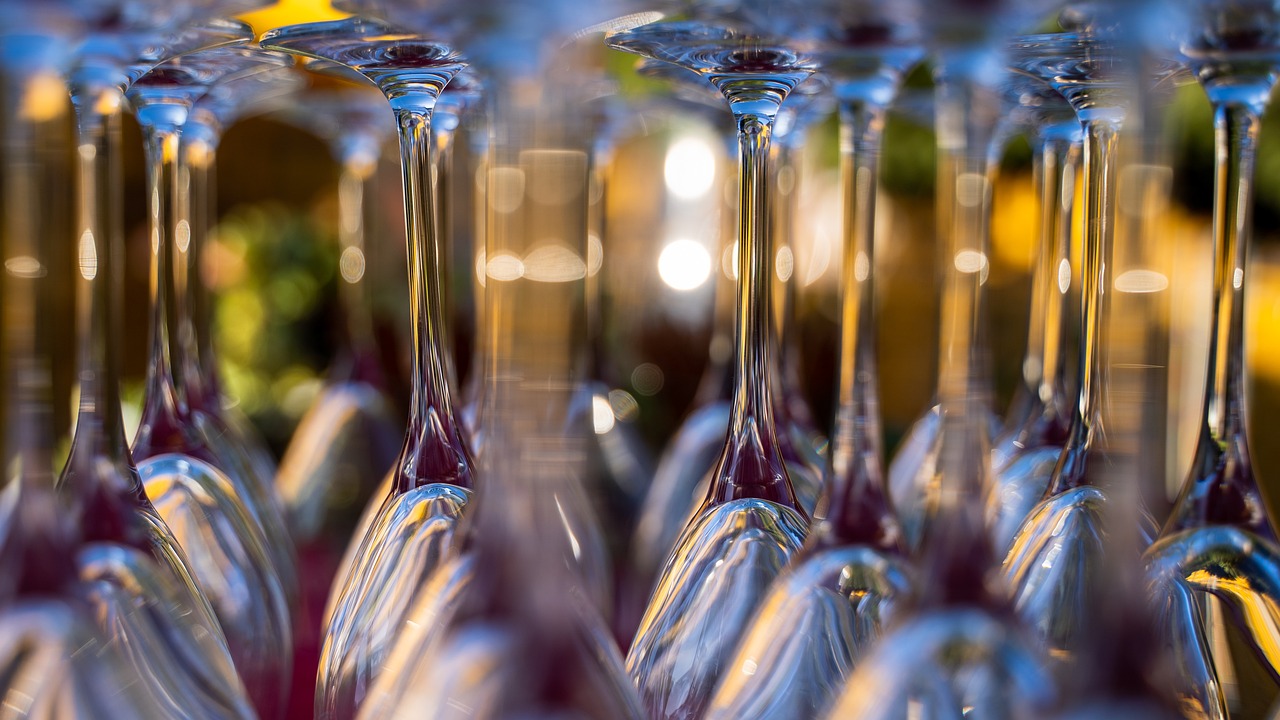
Round Tables
When it comes to dressing up your round table, the approach is slightly different than with rectangular tables. Round tables can create a cozy and inviting atmosphere, perfect for intimate gatherings or family dinners. However, measuring and cutting the fabric correctly is essential to achieve a seamless look that enhances the table's shape. So, how do you go about it?
First, you need to measure the diameter of your round table. Grab a tape measure and place one end at the center of the table, extending it straight out to the edge. This will give you the diameter, which is crucial for determining how much fabric you need. Remember, you'll want to add some extra fabric for the drop, which is the length that hangs over the edge of the table. A standard drop length is about 8 to 12 inches, but this can vary based on your personal style and the look you want to achieve.
Once you've got your diameter and drop length figured out, it’s time to select your fabric. Opt for materials that flow nicely and drape well, as this will complement the round shape. Fabrics such as cotton, linen, or even a lightweight polyester can work wonders. If you want a more luxurious feel, consider satin or silk, but keep in mind that these materials may require more careful handling and maintenance.
After choosing your fabric, it’s time to cut it. To create a perfectly round tablecloth, you can use the following technique:
- Fold your fabric in half, and then in half again to create a quarter circle.
- Measure from the center point of the fabric to the desired edge (diameter plus drop length) and mark this point.
- Cut along the curve to create a complete circle.
Now, you've got a beautifully cut round tablecloth! But wait, the fun doesn't stop there. You can customize it further with decorative elements. Think about adding a ruffle around the edge or a lovely lace trim to give it that extra flair. If you're feeling particularly creative, consider incorporating appliqués or even fabric paint to add a personal touch. The possibilities are endless!
In summary, crafting a DIY tablecloth for your round table is not just about functionality; it’s about expressing your style and enhancing your dining experience. With the right measurements, fabric, and a sprinkle of creativity, you can create a stunning centerpiece that will impress your guests and make every meal feel special.
Q: What type of fabric is best for round tablecloths?
A: Fabrics like cotton and linen are excellent choices for their durability and ease of care. For a more luxurious look, consider satin or silk, but be mindful of their maintenance needs.
Q: How do I determine the right drop length for my tablecloth?
A: A standard drop length is usually between 8 to 12 inches. However, you can adjust this based on your personal preference and the style you want to achieve.
Q: Can I use a round tablecloth on a rectangular table?
A: While it’s possible, it may not provide the best fit. Round tablecloths are designed to drape evenly around circular tables, so a rectangular table may require a different approach for a polished look.
Q: What are some easy decorative elements I can add to my tablecloth?
A: Consider adding a ruffle, lace trim, or even fabric paint designs. Appliqués can also be a fun way to personalize your tablecloth and make it stand out.
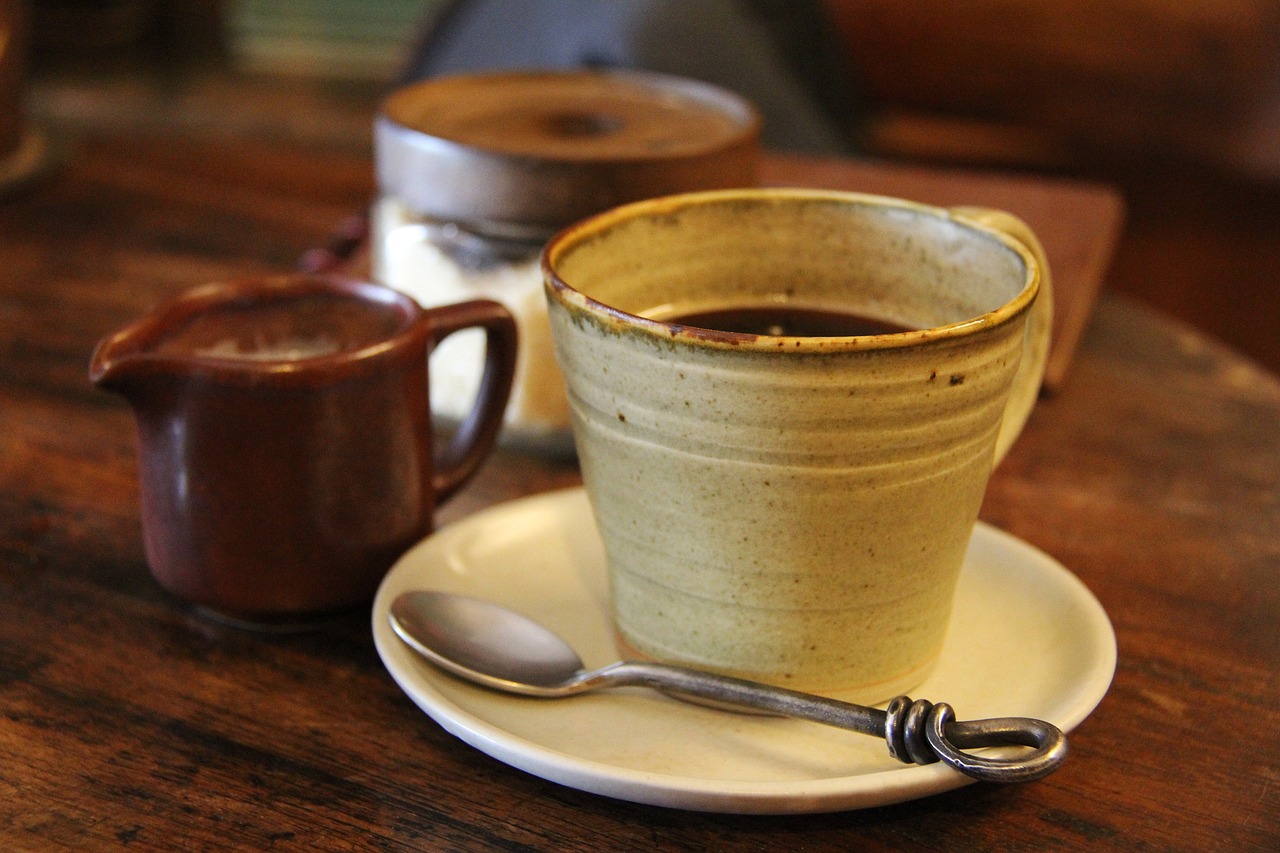
Customizing Your Design
When it comes to customizing your DIY tablecloth, the possibilities are as vast as your imagination! This is where you can truly let your personality shine through and create a piece that not only serves a functional purpose but also enhances the aesthetic of your dining area. Think of your tablecloth as a blank canvas, waiting for you to splash it with colors, patterns, and textures that reflect your unique style.
First, consider the color palette you want to work with. Are you aiming for a serene, monochromatic look, or do you want to create a vibrant, eclectic atmosphere? Choosing the right colors can set the mood for any gathering, whether it’s a cozy family dinner or a lively brunch with friends. If you’re feeling adventurous, why not mix and match different fabrics? For instance, you could use a bold print for the main body and a coordinating solid color for the hem or trim, creating a stunning contrast that draws the eye.
Next, think about patterns. Floral designs can add a touch of elegance, while geometric shapes can lend a modern feel to your dining space. If you’re unsure where to start, consider using fabric swatches to visualize how different patterns work together. You can even create a patchwork tablecloth by sewing together various patterned fabrics, giving your table a fun, bohemian vibe.
Now, let’s talk about embellishments! Adding decorative elements can elevate your tablecloth from ordinary to extraordinary. Here are some ideas to consider:
- Ruffles: Adding a ruffled edge can bring a playful, whimsical touch to your tablecloth.
- Lace Trim: Incorporating lace can add a vintage or romantic feel, perfect for special occasions.
- Appliqués: Sew on shapes or motifs that resonate with your theme, whether it’s leaves for a fall dinner or stars for a festive gathering.
Additionally, don’t forget about the size and shape of your tablecloth. A well-fitted tablecloth not only looks good but also enhances the overall dining experience. You can create unique shapes like circular or oval tablecloths for round tables, or even add layers by using a larger tablecloth underneath a smaller one for a more dynamic look.
Lastly, consider how your tablecloth interacts with other elements in your dining area. Think about your tableware, centerpieces, and even the wall colors. A cohesive design will create a harmonious atmosphere that invites your guests to sit down and enjoy their meal. So, unleash your creativity, and remember that the key to a stunning tablecloth lies in the details!
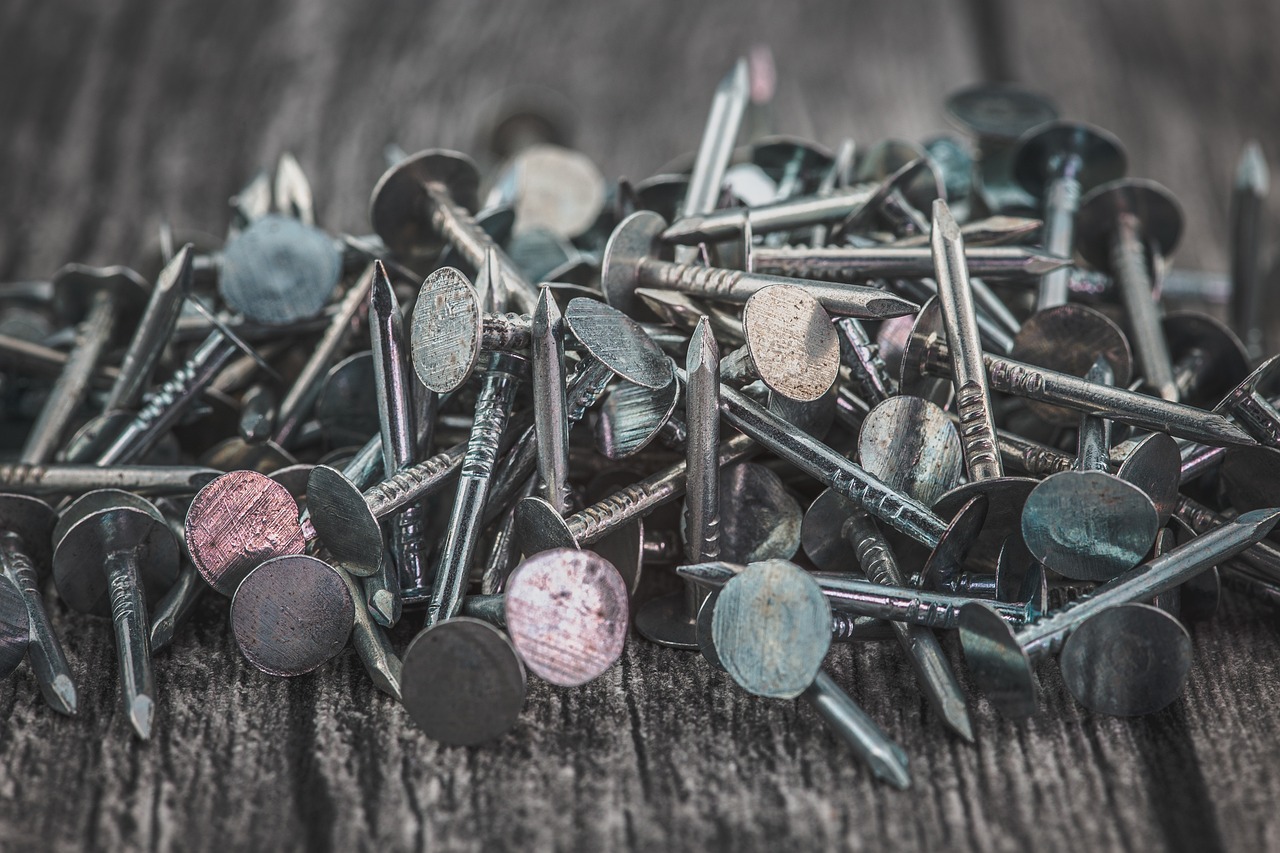
Simple Sewing Techniques
When it comes to creating your own DIY tablecloth, mastering a few can make all the difference. Not only do these techniques help you achieve a polished and professional finish, but they also allow you to express your creativity while ensuring your tablecloth lasts through countless meals and gatherings. So, grab your sewing machine or needle and thread, and let’s dive into some essential skills that will elevate your project!
First and foremost, hemming is a crucial technique that every DIY enthusiast should know. Hemming helps to prevent the edges of your fabric from fraying, which is especially important for materials that are prone to unraveling. There are several hemming methods to choose from, depending on the look you want to achieve and the type of fabric you’re using. For instance, a simple straight hem is perfect for lightweight fabrics, while a double-fold hem provides extra durability for heavier materials. Here’s a brief overview of popular hemming techniques:
| Hemming Technique | Description | Best For |
|---|---|---|
| Straight Hem | Fold the edge once and sew straight across. | Lightweight fabrics |
| Double-Fold Hem | Fold the edge twice for a clean finish and sew. | Medium to heavy fabrics |
| Blind Hem | A nearly invisible hem that’s perfect for formal tablecloths. | Formal fabrics |
Another essential technique is adding decorative elements to your tablecloth. This is where you can really let your personality shine! Whether you want to add a touch of elegance with lace trim or a bit of fun with ruffles, these embellishments can transform a simple tablecloth into a stunning centerpiece. For instance, consider using appliqués—these are pieces of fabric sewn onto the tablecloth to create shapes or designs. They can be made from contrasting fabrics to create a striking effect, or from the same fabric for a more subtle look.
To incorporate these decorative elements, you might want to follow these steps:
- Choose your embellishments: Think about what style you want to achieve.
- Plan your design: Lay out your elements on the fabric before sewing to visualize the final product.
- Sew carefully: Take your time to ensure each piece is securely attached and looks just right.
Lastly, don’t underestimate the importance of practicing your sewing skills. It might feel daunting at first, but the more you sew, the more comfortable you’ll become with the process. Consider starting with small projects, like napkins or placemats, before tackling the full tablecloth. This way, you can refine your techniques and build your confidence, ensuring that by the time you get to your tablecloth, you’ll be ready to impress!
Q: Do I need a sewing machine to make a DIY tablecloth?
A: While a sewing machine can make the process faster and easier, you can absolutely sew by hand if you prefer. Just be prepared for a bit more time and effort!
Q: What if I make a mistake while sewing?
A: Mistakes happen to everyone! The key is to stay calm. You can often fix small errors by carefully unpicking the stitches or adjusting your design slightly. Practice makes perfect!
Q: How do I choose the right thread for my fabric?
A: Match your thread type to your fabric type. For example, use cotton thread for cotton fabrics and polyester thread for synthetic fabrics. The right thread will ensure durability and a clean finish.
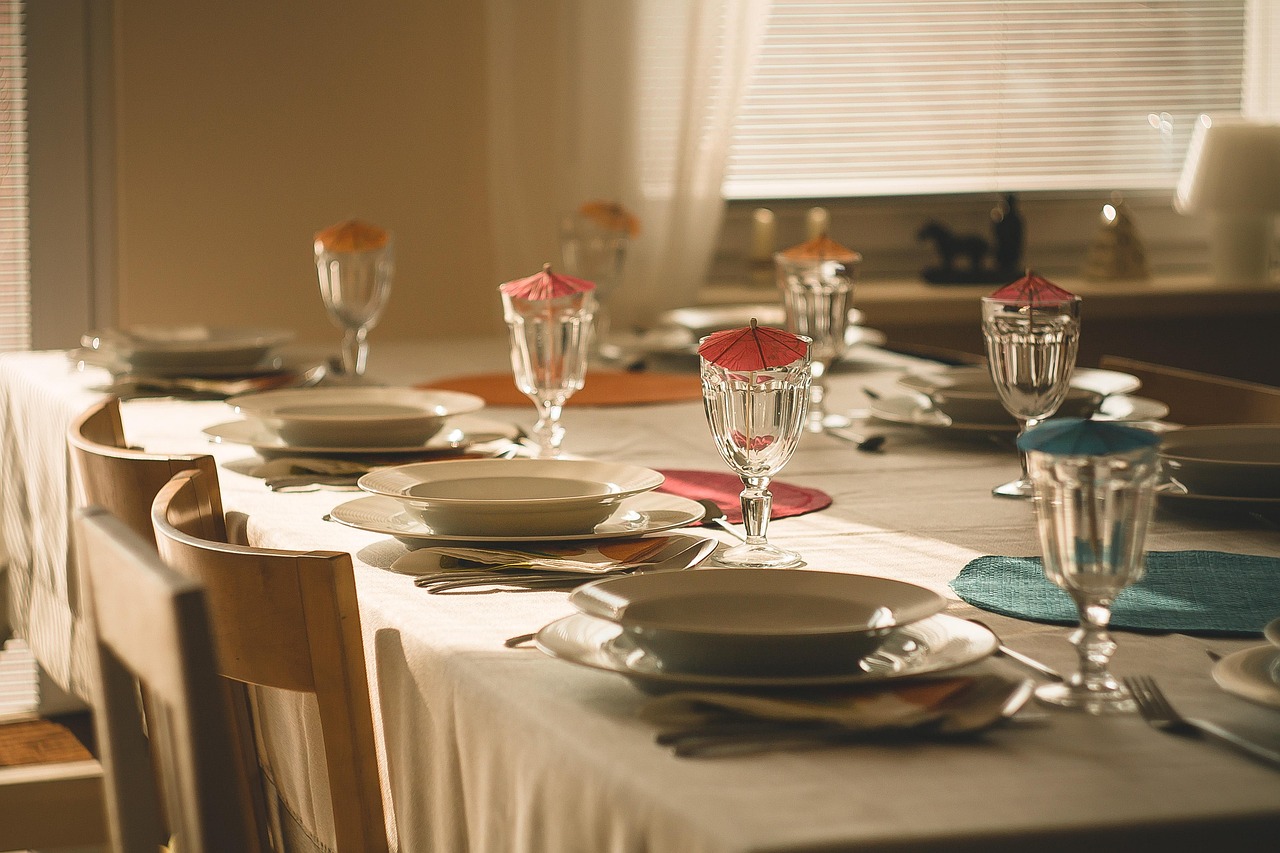
Hemming Edges
Hemming is an essential step in creating a polished and professional-looking DIY tablecloth. It not only prevents the edges from fraying but also adds a clean finish that enhances the overall aesthetic of your project. Think of hemming as the cherry on top of your sundae; it’s that final touch that takes your creation from good to great!
To hem your tablecloth, you’ll need to decide on the type of hem you want. There are a few common techniques that can be utilized:
- Single Fold Hem: This is the simplest method where you fold the edge of the fabric once and sew it down. It’s quick and works well for lightweight fabrics.
- Double Fold Hem: For a more durable finish, you can fold the edge twice before sewing. This method is perfect for heavier fabrics, giving a neat and sturdy edge.
- Blind Hem: If you want to keep the hem invisible from the front side, a blind hem stitch is your best bet. It’s slightly more complicated but worth the effort for a seamless look.
Before you start hemming, it’s crucial to prepare your fabric properly. First, iron the edges to create a crisp fold, which will make sewing much easier. Then, pin the hem in place to ensure it stays put as you work. This step is vital because it prevents any shifting that could lead to uneven hems.
Once you’ve pinned everything down, it’s time to sew! If you’re using a sewing machine, a straight stitch is typically the way to go. For hand sewing, a simple running stitch will suffice. Regardless of the method, make sure to keep your stitches even and consistent for the best results. Remember, practice makes perfect, and if you’re new to sewing, don’t hesitate to practice on scrap fabric first!
After you’ve completed the hemming, give your tablecloth one final press with the iron. This will help set the hem and give your tablecloth that crisp, finished look that will impress your guests. Plus, it’s a great way to ensure that any wrinkles from the sewing process are smoothed out. With these tips, your DIY tablecloth will not only look beautiful but also stand the test of time!
Q: What type of fabric is best for tablecloths?
A: The best fabric depends on your needs. Cotton is easy to clean and great for everyday use, while linen provides a more elegant look for special occasions. Consider your lifestyle when choosing fabric.
Q: How do I remove stains from my tablecloth?
A: Stain removal techniques vary by fabric type. For most stains, a mixture of mild detergent and water works well. Always test a small area first to ensure there’s no discoloration.
Q: Can I use a fabric that isn’t washable?
A: While you can use non-washable fabrics, it’s important to consider how you’ll maintain the tablecloth. Spot cleaning may be necessary, but it’s always easier to work with fabrics that can be washed.
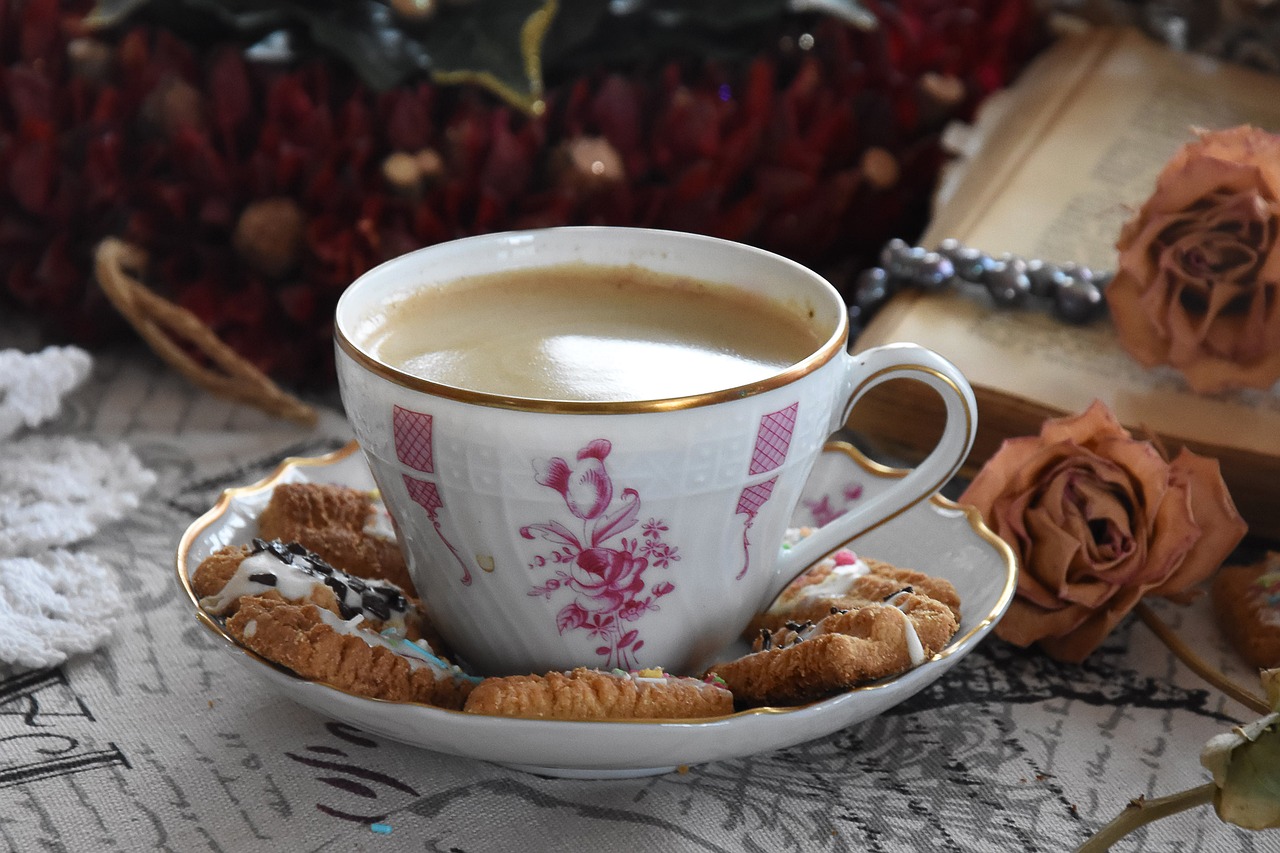
Adding Decorative Elements
When it comes to creating a tablecloth that truly reflects your personal style, is key. Think of your tablecloth as a blank canvas, waiting for your artistic touch to bring it to life. Whether you're aiming for a rustic charm or a modern flair, there are countless ways to elevate your DIY project. One effective way to enhance your tablecloth is by incorporating textures and layers. For instance, you can add ruffles along the edges for a soft, romantic look or use lace trim to infuse a vintage vibe. These small details can transform an ordinary tablecloth into a stunning centerpiece for your dining area.
Another exciting option is to use appliqués. These are decorative patches that can be sewn onto your fabric, allowing you to create intricate designs without the need for advanced sewing skills. You can choose shapes that resonate with your theme—think floral patterns for a spring gathering or geometric designs for a contemporary setting. The beauty of appliqués lies in their versatility; you can mix and match colors and patterns to create a truly unique design.
Don't forget about the power of color. A bold, vibrant hue can instantly uplift your dining space, while softer pastels can create a calming atmosphere. Consider using fabric paint or dye to add your personal touch. You could even create a tie-dye effect for a playful, bohemian style that is sure to impress your guests. Just remember to test your colors on a small piece of fabric first to ensure you achieve the desired effect.
Incorporating seasonal elements can also add a fresh twist to your tablecloth. For example, during autumn, you might want to add some leaf motifs or use warm, earthy tones. In winter, consider incorporating snowflake designs or a rich, deep red to evoke a cozy holiday feel. This not only keeps your decor relevant but also allows you to express your creativity throughout the year.
Finally, consider adding embellishments like beads or buttons for a touch of whimsy. These can be sewn onto the corners or scattered throughout the fabric to create an eye-catching design. The key is to balance your decorative elements so that they complement each other without overwhelming the overall look. Remember, your tablecloth is a reflection of your style—let your imagination run wild!
- What type of fabric is best for a DIY tablecloth? Cotton and linen are popular choices due to their durability and ease of cleaning.
- How do I measure my table for a tablecloth? Measure the length and width of your table, then add extra inches for the drop length based on your preference.
- Can I use fabric paint on my tablecloth? Yes, fabric paint is a great way to add custom designs, but make sure to follow the manufacturer's instructions for best results.
- How do I care for my DIY tablecloth? Always check the washing instructions for your fabric type. Generally, gentle washing and air drying are recommended to maintain the fabric's integrity.
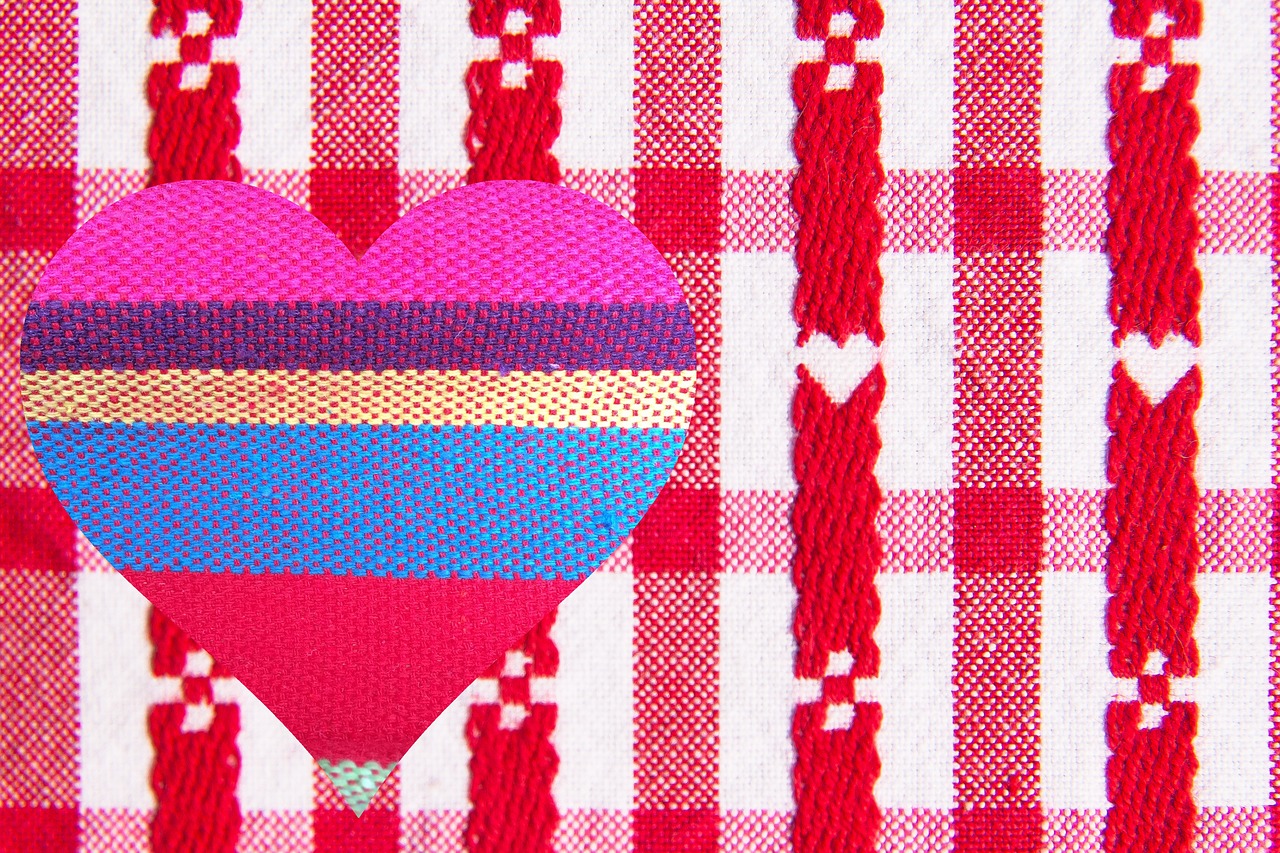
Maintenance and Care
Proper care extends the life of your DIY tablecloth, ensuring it remains a vibrant and functional part of your dining experience. Just like your favorite pair of jeans or that beloved sweater, your tablecloth deserves some TLC. After all, it’s not just a piece of fabric; it’s a canvas for your gatherings, celebrations, and everyday meals. So, how do you keep it looking fresh and fabulous? Let’s dive into the essential maintenance tips that will help you keep your tablecloth in top shape.
First things first, understanding the washing instructions for your specific fabric type is crucial. Not all fabrics are created equal, and what works for cotton may not be suitable for polyester or linen. Always check the care label before tossing it in the wash. Most cotton tablecloths can be machine washed in cold water, while delicate fabrics like silk may require hand washing. As a general rule of thumb, use a gentle detergent and avoid bleach, which can weaken the fibers over time.
When it comes to drying your tablecloth, air drying is often the best option to prevent shrinkage and maintain the fabric's integrity. If you’re short on time, a tumble dryer on a low heat setting can work, but be cautious. Always remove the tablecloth while it’s still slightly damp; this will make ironing much easier and help minimize wrinkles. Speaking of wrinkles, a good iron or steamer can work wonders to restore your tablecloth to its pristine condition. Just be sure to use the appropriate heat setting for the fabric to avoid scorching.
Now, let’s talk about stain removal—the bane of every tablecloth’s existence! Accidents happen, but knowing how to tackle stains effectively can save your beloved fabric. For most spills, acting quickly is key. Blot the stain gently with a clean cloth to absorb as much liquid as possible without rubbing it in further. Depending on the type of stain, you might need to apply a specific treatment:
- For food stains: Use a mixture of mild detergent and water, applying it directly to the stain before washing.
- For wine stains: Sprinkle salt on the stain to absorb the liquid, then rinse with cold water.
- For grease stains: Baby powder or cornstarch can help absorb the grease; let it sit for a few minutes before brushing it off.
Finally, proper storage is essential for keeping your tablecloth in excellent condition. If you’re not using it regularly, fold it neatly and store it in a cool, dry place away from direct sunlight. This will help prevent fading and keep it free from dust and pests. For long-term storage, consider using a breathable cotton bag to protect it from moisture and insects.
Q: Can I machine wash my tablecloth?
A: It depends on the fabric. Most cotton tablecloths can be machine washed, but always check the care label for specific instructions.
Q: How do I remove stubborn stains?
A: Act quickly! Blot the stain, then treat it with an appropriate stain remover based on the type of stain.
Q: Is it necessary to iron my tablecloth?
A: While not mandatory, ironing can help remove wrinkles and give your tablecloth a polished look, especially for special occasions.
Q: How should I store my tablecloth?
A: Fold it neatly and store it in a cool, dry place away from sunlight. Using a breathable bag can help protect it during long-term storage.
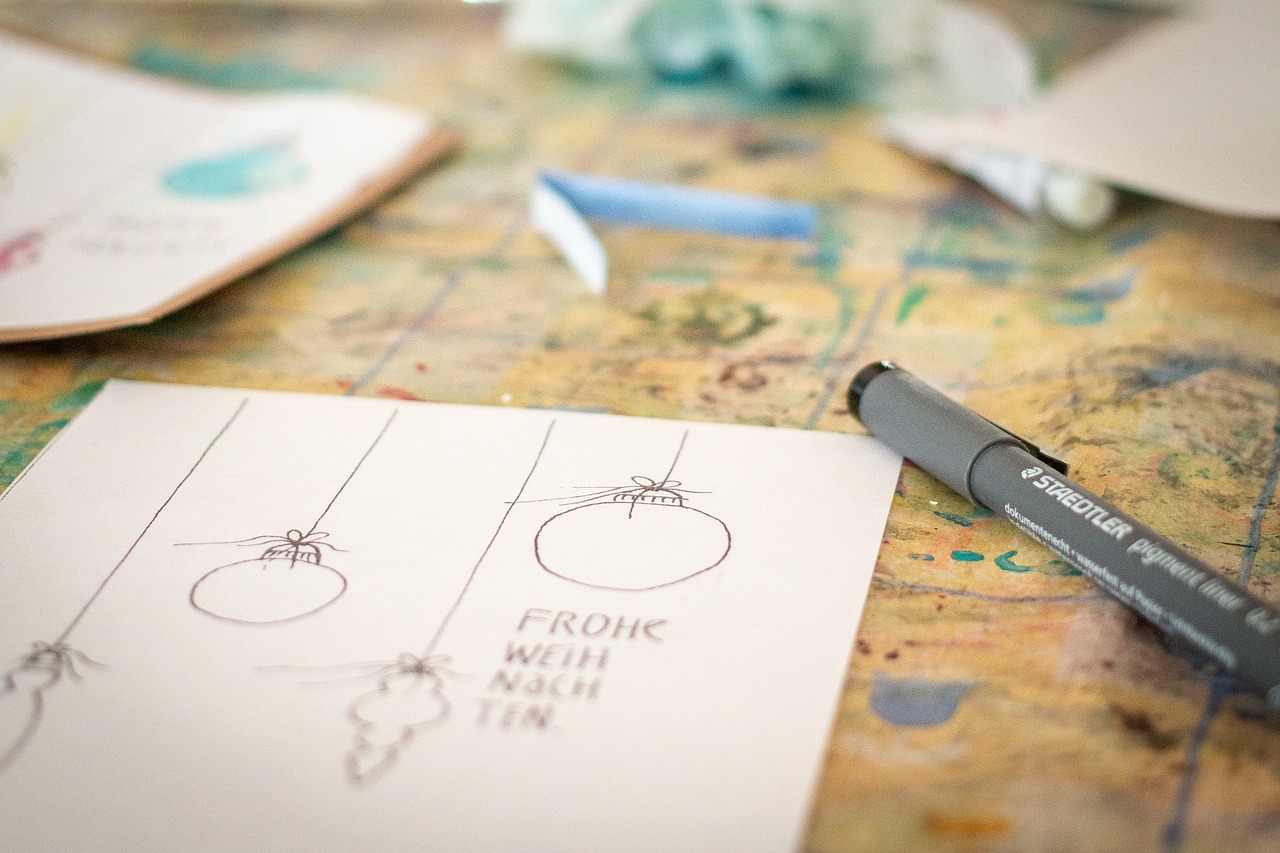
Washing Instructions
Keeping your DIY tablecloth looking fresh and vibrant is essential, and understanding the right washing instructions can make all the difference. The first step is to check the care label on your fabric, as different materials have unique requirements. For instance, cotton tablecloths can usually withstand machine washing, while delicate fabrics like silk or lace might need a gentler hand wash or dry cleaning.
When you're ready to wash your tablecloth, start by removing any loose debris or food particles. Give it a good shake outside or use a lint roller to catch any crumbs. Next, if you notice any stains, it's wise to treat them before washing. Use a gentle stain remover or a mixture of water and mild detergent to dab at the stain, allowing it to sit for a few minutes before rinsing.
For the actual washing process, consider the following:
- Machine Wash: If your fabric is machine washable, use a gentle cycle with cold water. This helps prevent colors from fading and fabric from shrinking.
- Hand Wash: For delicate fabrics, fill a basin with lukewarm water and add a mild detergent. Gently agitate the water and submerge the tablecloth, allowing it to soak for about 10-15 minutes before rinsing thoroughly.
- Drying: After washing, avoid wringing out your tablecloth as this can distort its shape. Instead, lay it flat on a clean towel or hang it to dry. If using a dryer, opt for a low heat setting to prevent damage.
Once dry, give your tablecloth a quick press with an iron on the appropriate setting for the fabric type. This will help eliminate any wrinkles and restore its crisp appearance, ensuring it looks great for your next gathering.
Q1: Can I bleach my tablecloth?
A: It depends on the fabric. White cotton tablecloths can typically handle bleach, while colored or delicate fabrics should be avoided to prevent discoloration.
Q2: How often should I wash my tablecloth?
A: Ideally, wash your tablecloth after every use, especially if it has been exposed to food spills or stains. For less-used tablecloths, a monthly wash is usually sufficient.
Q3: Can I use fabric softener on my tablecloth?
A: Fabric softener can make fabrics feel softer, but it may also leave a residue that can affect absorbency. It's best to use it sparingly or avoid it altogether for tablecloths.
Q4: What should I do if my tablecloth shrinks after washing?
A: To prevent shrinking, always wash in cold water and avoid high heat in the dryer. If it does shrink, you may need to re-measure and cut a new tablecloth or stretch it gently while damp to reshape.
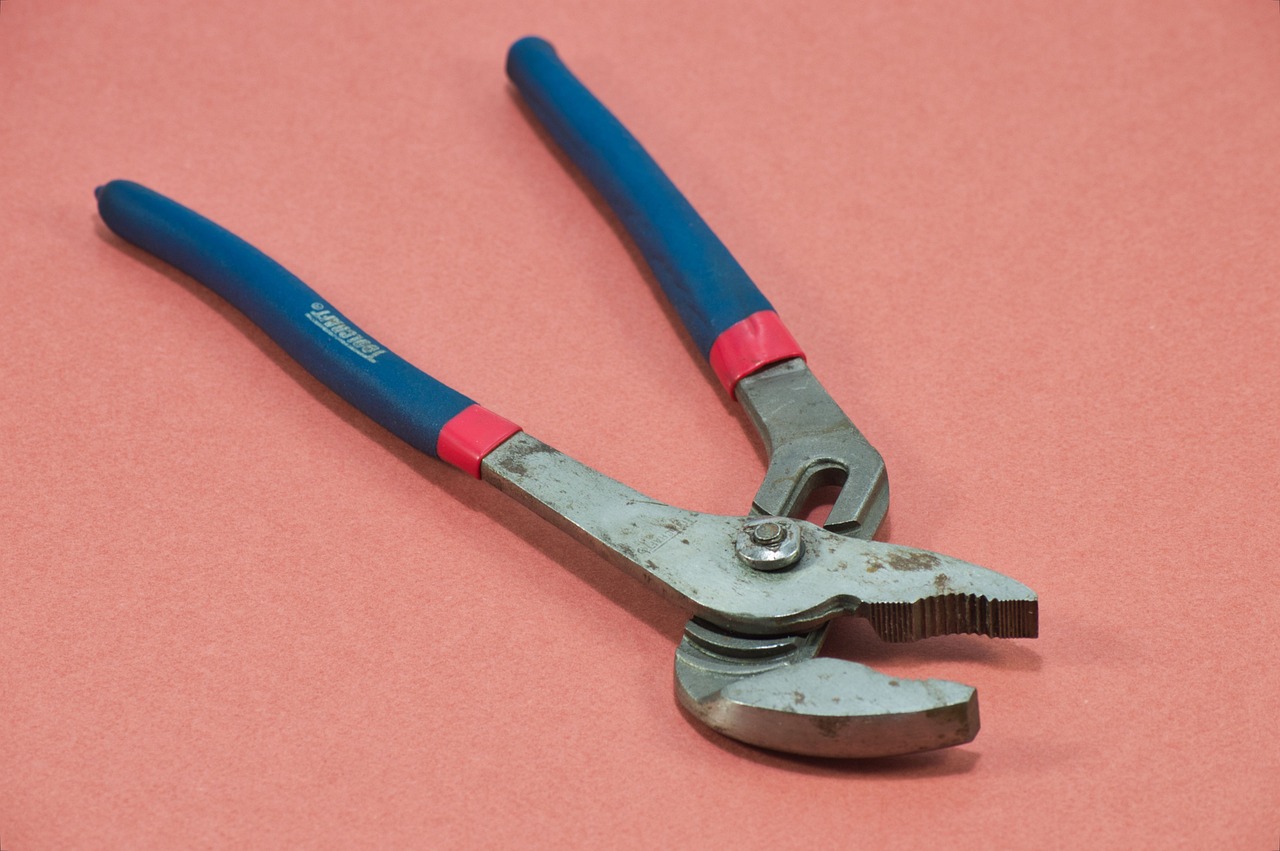
Stain Removal Tips
Accidents happen, and when they do, your DIY tablecloth doesn't have to suffer! Knowing the right techniques for stain removal can be a game-changer in keeping your tablecloth looking fresh and vibrant. First off, it's essential to act quickly. The longer a stain sits, the harder it becomes to remove. So, if you spill something, don’t panic—just follow these simple steps!
Start by gently blotting the stain with a clean, dry cloth or paper towel. Blotting is key here; rubbing can spread the stain and make it worse. Depending on the type of stain, you may need to use different methods. For instance, if you’re dealing with a red wine spill, sprinkle a little salt on it to absorb the liquid before it sets in. Once you’ve blotted up as much as possible, you can treat the stain.
Here are some common stain types and how to tackle them:
- Grease Stains: Sprinkle baking soda on the stain to absorb the grease, then brush it off and wash the fabric with warm soapy water.
- Food Stains: For ketchup or mustard, mix a solution of vinegar and water (1:1 ratio) and dab it on the stain. Rinse well.
- Red Wine: Blot the stain, then pour white wine or club soda over it to neutralize the color. Blot again and wash as usual.
- Coffee or Tea: Mix a tablespoon of liquid dish soap and white vinegar with two cups of water. Apply the solution and blot until the stain lifts.
After treating the stain, it’s crucial to wash the tablecloth according to the fabric care instructions. Always check the label for specific washing guidelines. If the stain persists after washing, avoid putting it in the dryer, as heat can set the stain. Instead, repeat the stain removal process until you achieve the desired results.
Lastly, if you find yourself facing particularly stubborn stains, consider using a commercial stain remover. Just make sure it’s suitable for your fabric type to prevent any damage. With these tips in your back pocket, your DIY tablecloth will stay looking fabulous, no matter what spills may come its way!
Q: Can I use bleach on my tablecloth?
A: It depends on the fabric. Always check the care label first. If the fabric is white and bleach-safe, you can use it sparingly. For colored fabrics, avoid bleach as it can cause discoloration.
Q: How often should I wash my tablecloth?
A: It’s best to wash your tablecloth after every big meal or event, especially if spills occur. Regular washing helps maintain its appearance and hygiene.
Q: What if my tablecloth shrinks after washing?
A: To prevent shrinking, always wash your tablecloth in cold water and avoid high heat in the dryer. If it does shrink, you might be able to stretch it back into shape while it’s damp.
Frequently Asked Questions
- What type of fabric should I choose for my DIY tablecloth?
When selecting fabric, consider durability and ease of cleaning. Cotton and linen are popular choices for their breathability and washability, while polyester offers stain resistance and durability. Think about how the fabric complements your existing decor to create a cohesive look.
- How do I measure my table for the perfect tablecloth fit?
To measure your table, start by noting its length and width. For drop lengths, add an extra 6 to 12 inches on each side, depending on your preference. This ensures your tablecloth hangs nicely and covers any table legs or imperfections.
- What are the standard sizes for dining tables?
Common dining table sizes include 60x30 inches for rectangular tables and 48 inches in diameter for round tables. Knowing these dimensions helps streamline your fabric selection and cutting process, making your DIY project smoother.
- How can I customize my tablecloth design?
Customization can be achieved through various means, such as selecting unique patterns, colors, or embellishments. Adding elements like ruffles, lace trim, or even appliqués can elevate your tablecloth and reflect your personal style, making your dining experience more enjoyable.
- What basic sewing techniques should I learn for making a tablecloth?
Mastering basic sewing techniques, such as straight stitches and zigzag stitches, is essential. Hemming edges is particularly important to prevent fraying and give your tablecloth a polished look. There are various hemming methods suitable for different fabric types, so choose one that fits your project.
- How do I care for my DIY tablecloth to keep it looking fresh?
Proper care is key! Always check the washing instructions for your fabric type. Generally, you can machine wash in cold water and tumble dry on low. For best results, avoid bleach and opt for gentle detergents to maintain vibrant colors.
- What should I do if my tablecloth gets stained?
Don’t panic! For most stains, act quickly by blotting the area with a clean cloth. Depending on the fabric, you can use specific stain removal techniques. For example, a mixture of vinegar and water works wonders on many fabrics, but always test in an inconspicuous area first!



















